Cross-Country Skiing
Cross-Country Skiing For Your Health
Cross-country skiing has lagged behind the downhill variety in popularity in the United States, but in terms of all-around aerobic benefits, it’s the front runner. Using muscles in the shoulders, back, chest, abdomen, buttocks, and legs, cross-country skiers can burn as many as six hundred to nine hundred calories per hour.
The kick and glide technique, combined with the poling motion to propel you along, can provide a more complete workout than running or cycling, both of which emphasize lower body muscles.
Another advantage of cross-country skiing is that it has a lower risk of serious injury than downhill skiing. Also, you can rent (or buy) skis, poles, and boots for considerably less than what you would pay for downhill gear. You don’t need to make any reservations at high-priced ski resorts, because you can cross-country ski in a nearby park or even your own backyard. Most people don’t need a lesson before starting out, yet a good instructor can help with advanced technique.
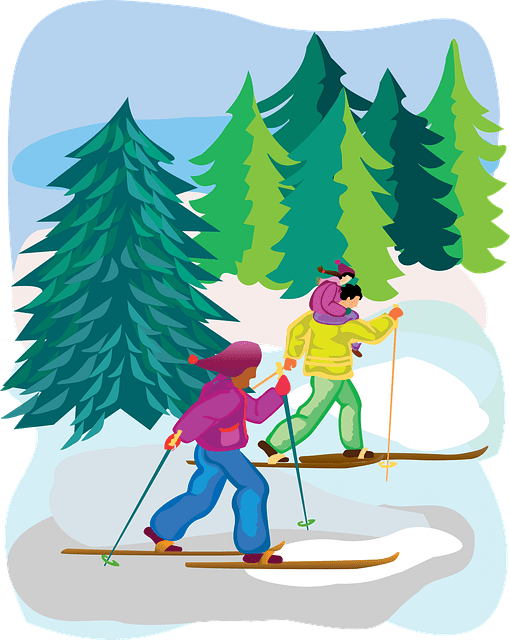
Tips and Techniques
- The sport of cross-country skiing combines skiing and hiking. Although a beginner may use the skis like snowshoes and tramp across the snow using the poles for balance, the right technique calls for gliding across the snow with your body at a forty-five to sixty-degree angle to the ground. The upper and lower body work together in a rhythm of kicks, long glides, and propelling poling motions.
- The skis are longer than downhill skis (usually about as long as the distance between the wrist of your upstretched arm and the ground), though less experienced skiers may find slightly shorter skis more maneuverable), and they are narrower and lighter.
- Burning so many calories generates a lot of heat even on the coldest days, so it’s best to dress in layers that you can peel off. If you are forty-five or over or not in good shape, check with your doctor before you begin skiing. Gradually build up the amount of time you spend at it. Otherwise you run the risk of overuse strains (such as tendinitis) of the shoulder, knee, and arm. To prepare for a season of cross-country skiing, it’s best to combine activities that primarily strengthen the upper body (rowing, swimming) with those working the muscles in the lower body (cycling, brisk walking) to promote overall muscle tone.

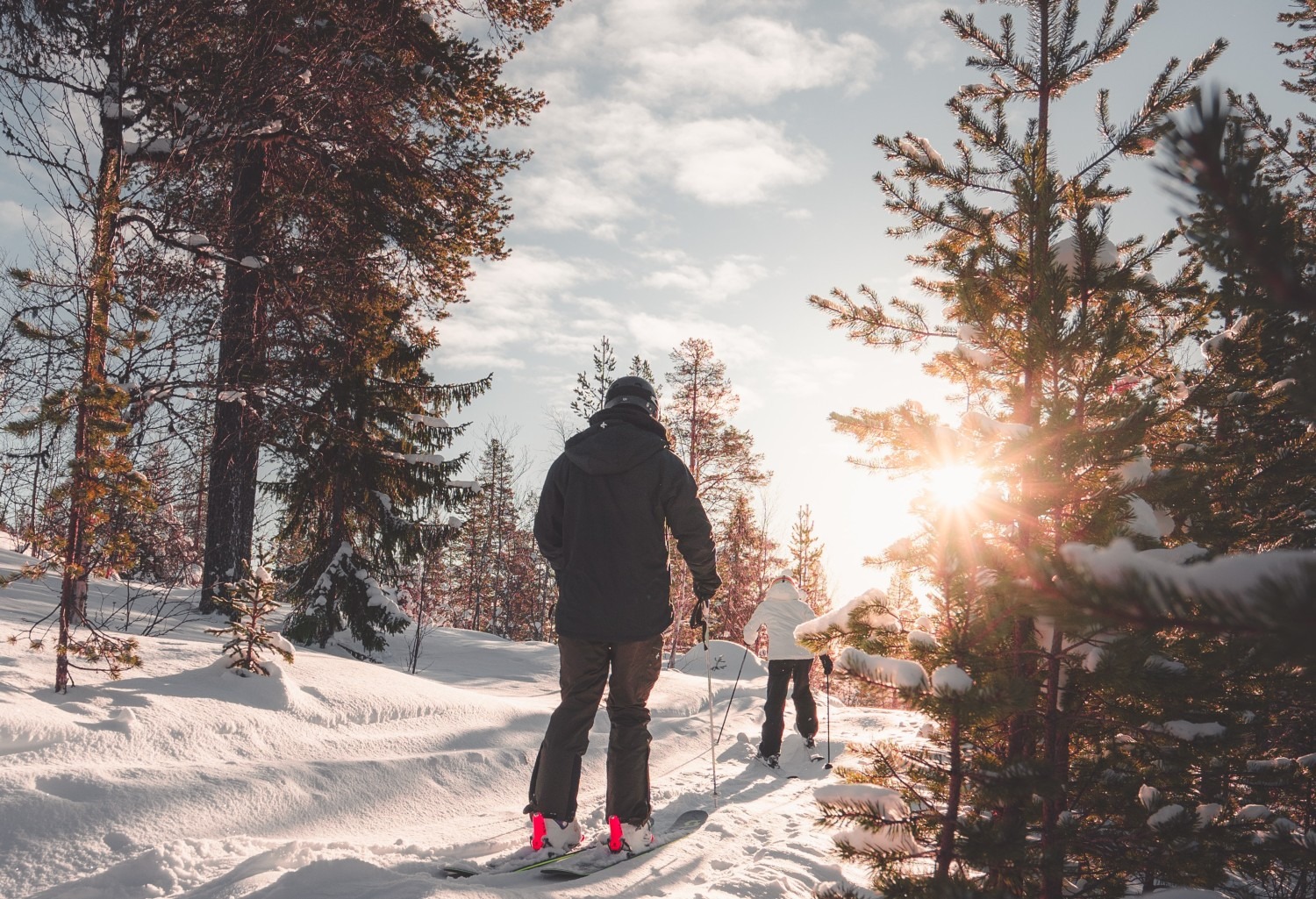

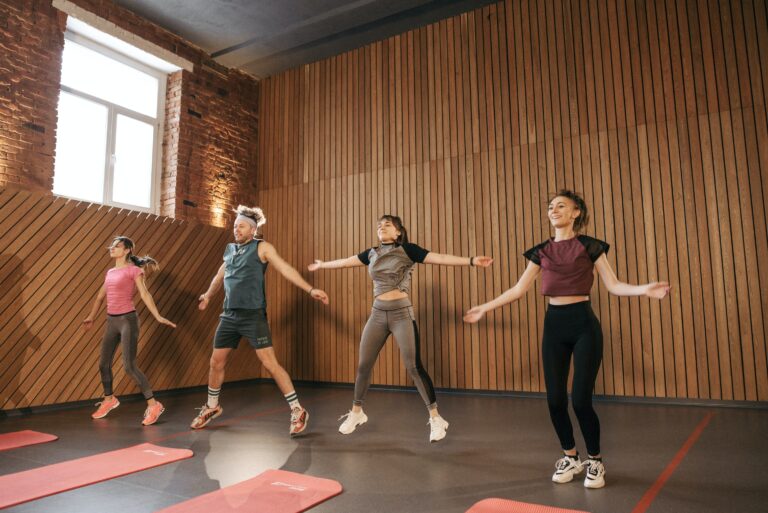
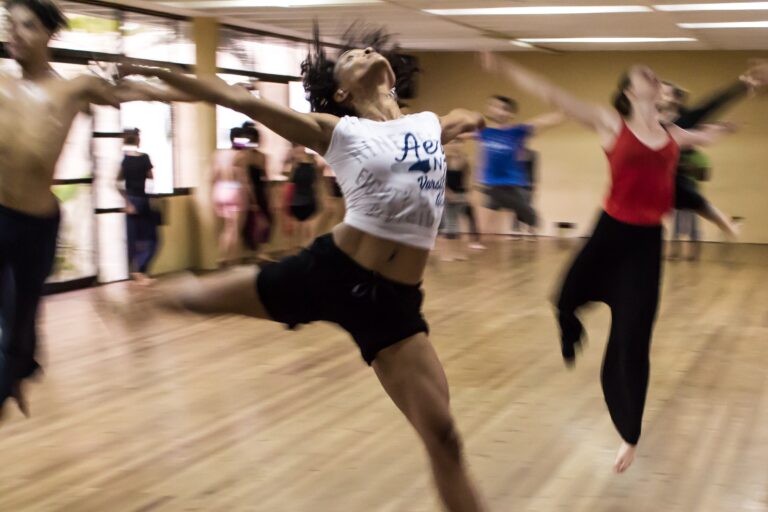

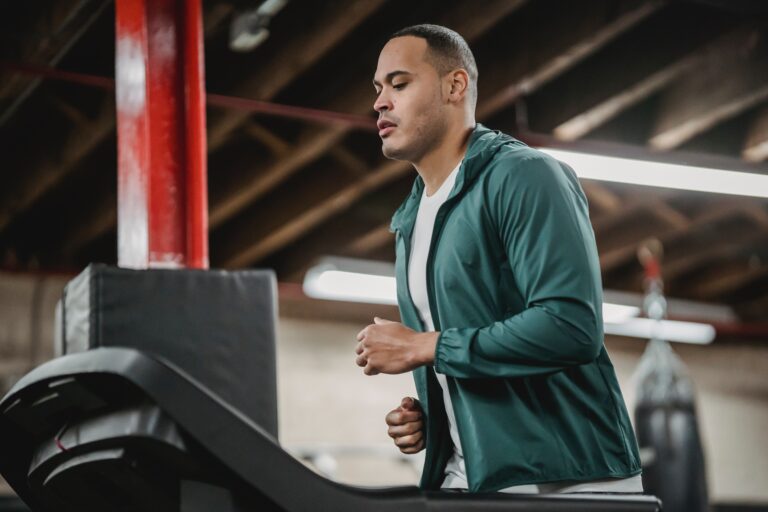
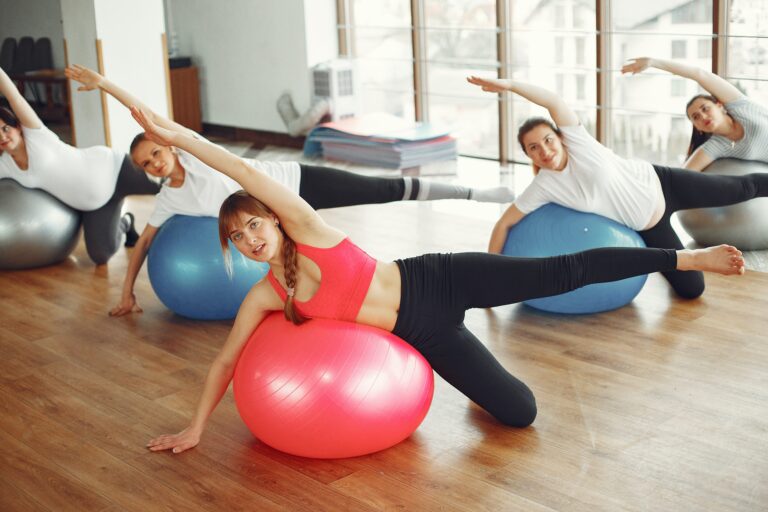
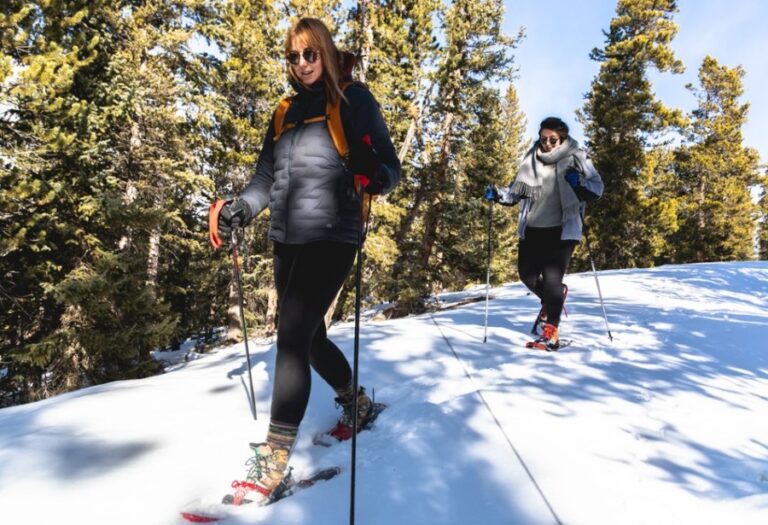
When I’m cross country skiing, it is so easy for me to focus on my rhythm. I love the steady state of my breath and the sound of my skis gliding on the snow.
I’ve noticed that some of the people I see cross country skiing on the trails are older: 50, 60s, even 70s. I suspect some of the appeal of the sport to these people is its relatively low risk for injury. It does seem to truly be a sport that you can do for a lifetime.